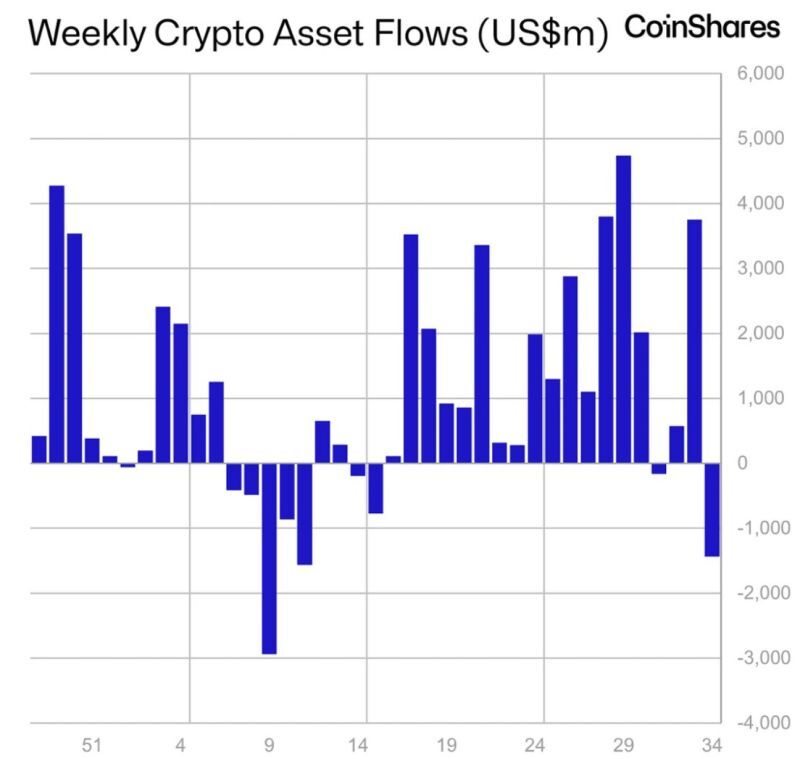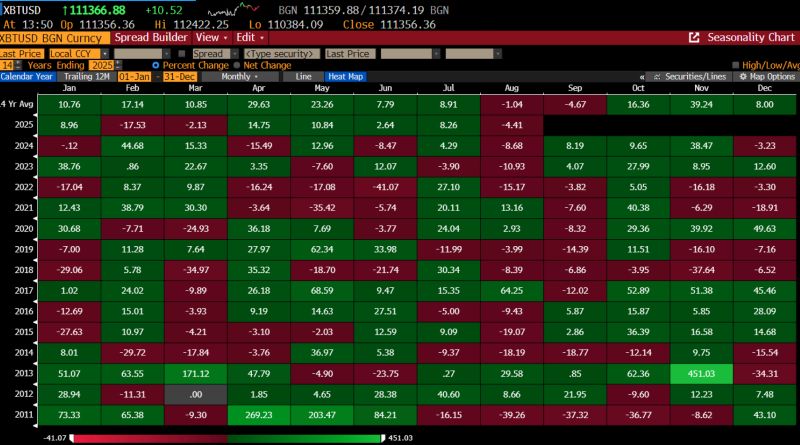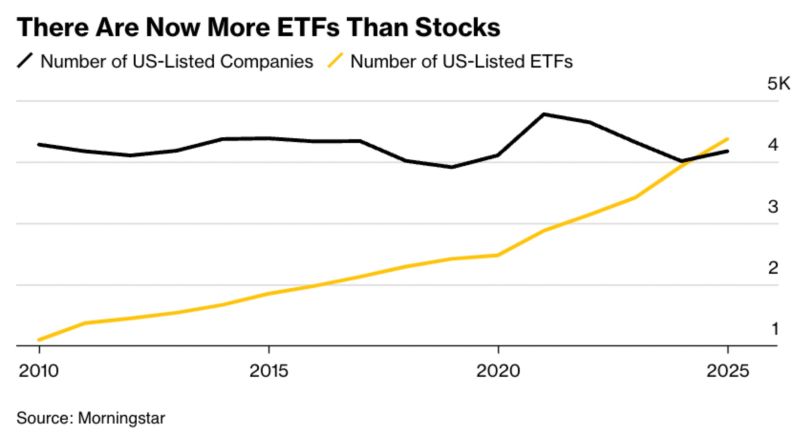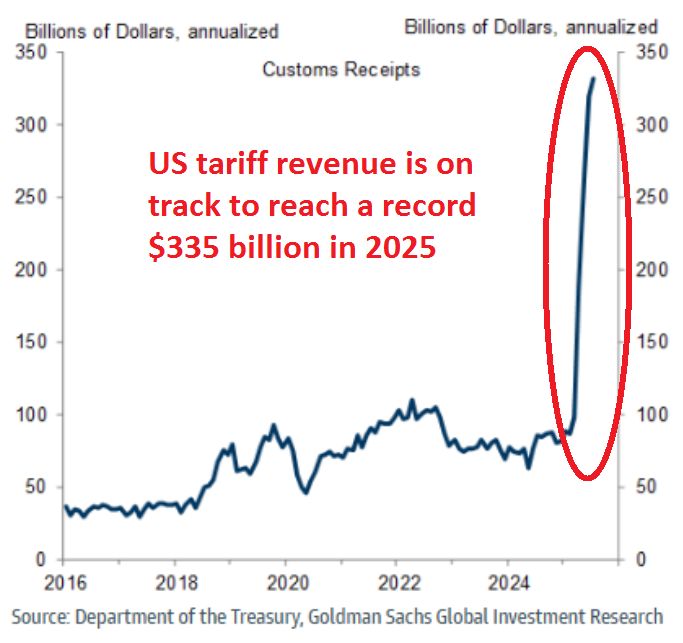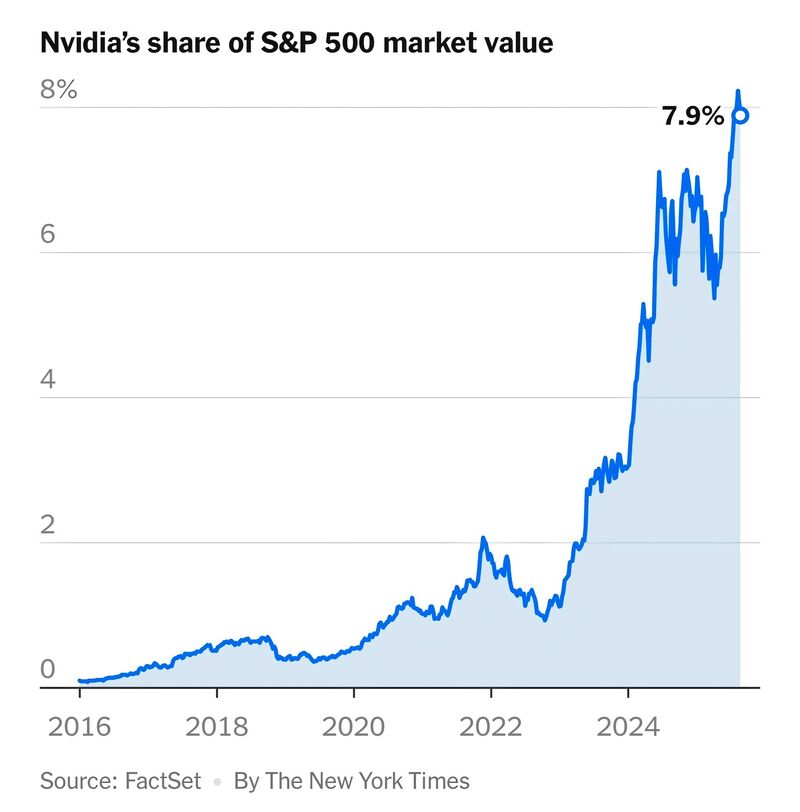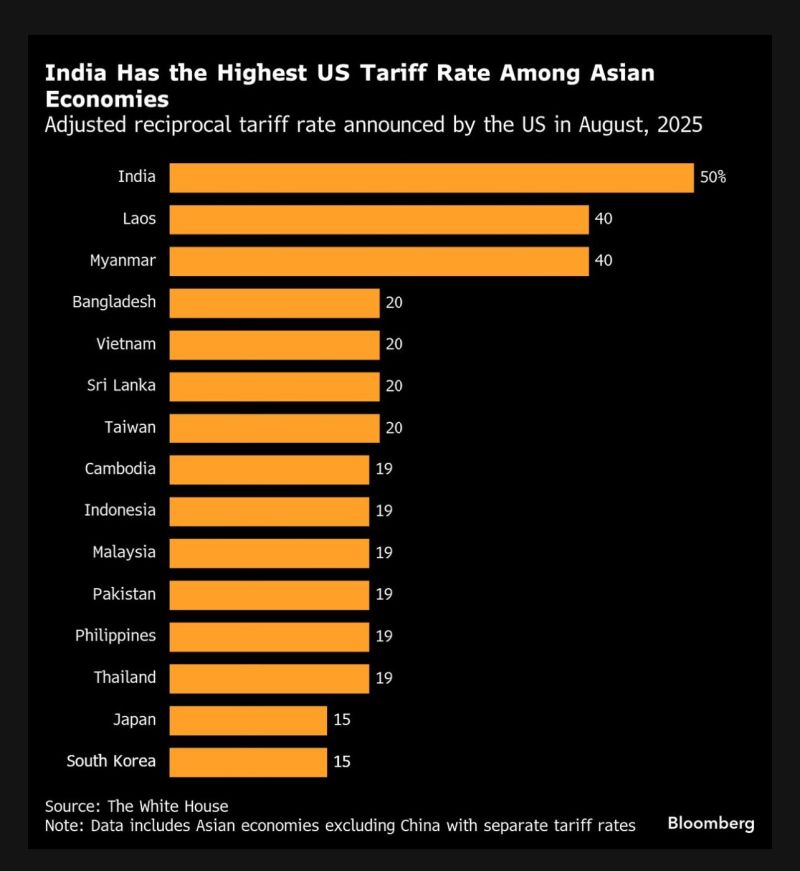Straight from the Desk
Syz the moment
Live feeds, charts, breaking stories, all day long.
- All
- equities
- United States
- Macroeconomics
- Food for Thoughts
- markets
- Central banks
- Fixed Income
- bitcoin
- Asia
- europe
- investing
- technical analysis
- geopolitics
- gold
- Crypto
- AI
- Commodities
- Technology
- nvidia
- ETF
- earnings
- Forex
- china
- Real Estate
- banking
- oil
- Volatility
- magnificent-7
- energy
- apple
- Alternatives
- emerging-markets
- switzerland
- tesla
- United Kingdom
- Middle East
- assetmanagement
- amazon
- russia
- ethereum
- microsoft
- ESG
- meta
- Industrial-production
- bankruptcy
- Healthcare
- Turkey
- Global Markets Outlook
- africa
- Market Outlook
- brics
About bitcoin seasonality...
Good news for all Bitcoin holders: August is typically a weak month for crypto, so don’t panic if prices dip – it’s seasonal. The bad news? September tends to be even worse, with Bitcoin historically averaging a 5% decline in value. Source: HolgerZ, Bloomberg
China’s chipmakers are seeking to triple the country’s total output of artificial intelligence processors next year, as Beijing races the US to develop the most advanced AI.
One fabrication plant dedicated to producing Huawei’s AI processors is scheduled to start production as soon as the end of this year, while two more are due to launch next year, said two people with knowledge of the plans. While the new plants are designed to specifically support Huawei, it is not clear who exactly owns them. Huawei denied having plans to launch its own fabs and did not provide further details. Chinese companies are also racing to develop the next generation of AI chips adaptable to a standard advocated for by DeepSeek, which has emerged as the country’s leading AI start-up. Huawei’s latest products are seen as among those that would satisfy DeepSeek’s requirements. Source: FT
‼️ For the first time ever
There are now more ETFs in the United States than total number of stocks, data compiled by Morningstar shows - Bloomberg. ~4,300 - Total number of ETFs. ~4,200 - Total number of stocks. Source: Bloomberg, ETF Tracker
🔥 Trade between the U.S. and China has collapsed to its lowest point in nearly 20 years.
👉 Imports from China just hit a 19-year low, and U.S. exports to China are sliding too. Tariffs, decoupling, and weaker demand are crushing the flow of goods. 👉 On paper, China’s GDP is still growing. But when your biggest trading partner is importing less than in 2006, that growth looks hollow. ➡️ It thus seems that China’s stock rally isn’t built on trade or fundamentals but rather being propped up by liquidity and policy support. Source: StockMarket.News @_Investinq
US tariff revenue is skyrocketing
Annualized tariff revenues have hit a record $335 billion. This is more than triple the average seen in previous years. So far in August, collected customs and duties have reached $22.5 billion. Source: Global Markets Investor @GlobalMktObserv
All eyes on Nvidia quarterly earnings tonight
Nvidia now makes up ~8% of the S&P 500. It has a Trailing PE of 58x vs. 28x for the SPX (Gaap). It is forecast to grow 34% in the next year vs. 13.5% for the SPX. It is facing a growing number of competitors and a decreasing number of Global clients (China is discouraging the purchase of its H20 chips). It will probably report good numbers, but those good numbers must grow for a long time to justify its rating. Source: Brew Markets @brewmarkets, Vaughan Henkel, CFA, CAIA
⚠️ US slaps India with 50% tariffs
➡️ FT: "The US has slapped punitive tariffs on India over its purchases of discounted Russian oil, dealing a blow to the world’s fastest growing large economy and deepening a rift between Washington and New Delhi. The 25 per cent levy — which came on top of a 25 per cent “reciprocal” tariff — took effect at 12.01am US eastern time on Wednesday and raised rates on India to among the highest rates in the world. President Donald Trump’s announcement this month that the US would double its tariff rate on India marked a sudden escalation of tensions, following the sides' failure to reach a breakthrough in trade talks. Negotiators had initially targeted the first stage of a trade deal by early summer". Source chart: Bloomberg
Investing with intelligence
Our latest research, commentary and market outlooks


